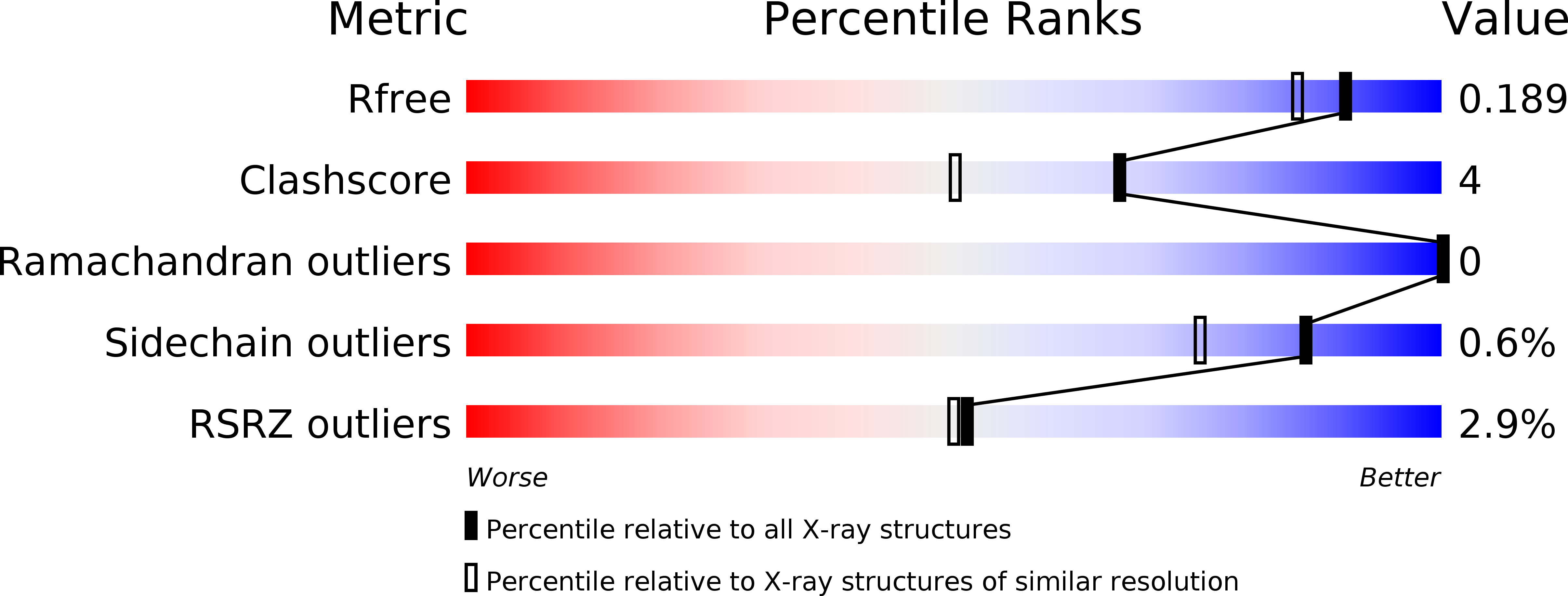
Deposition Date
2018-02-26
Release Date
2018-05-23
Last Version Date
2023-10-04
Entry Detail
PDB ID:
6CJF
Keywords:
Title:
Human dihydroorotate dehydrogenase bound to 4-quinoline carboxylic acid inhibitor 43
Biological Source:
Source Organism:
Homo sapiens (Taxon ID: 9606)
Host Organism:
Method Details:
Experimental Method:
Resolution:
1.63 Å
R-Value Free:
0.18
R-Value Work:
0.16
R-Value Observed:
0.16
Space Group:
P 1


